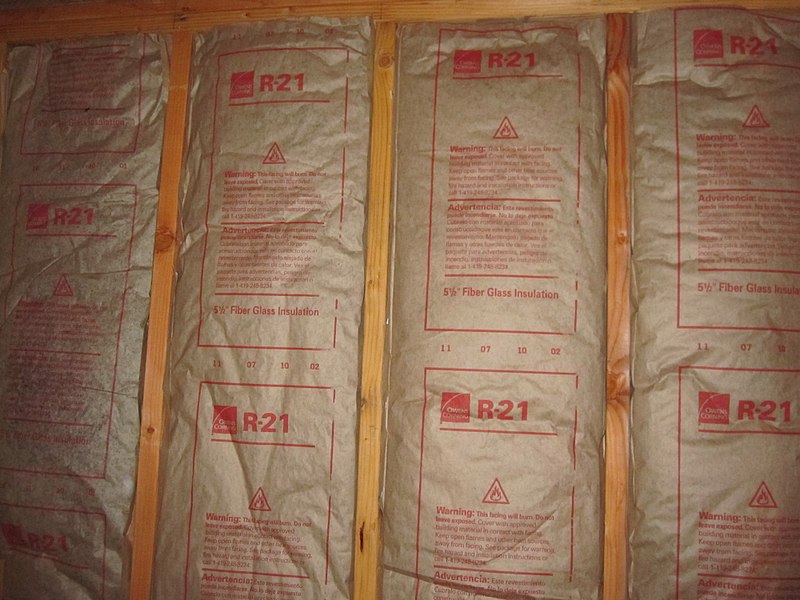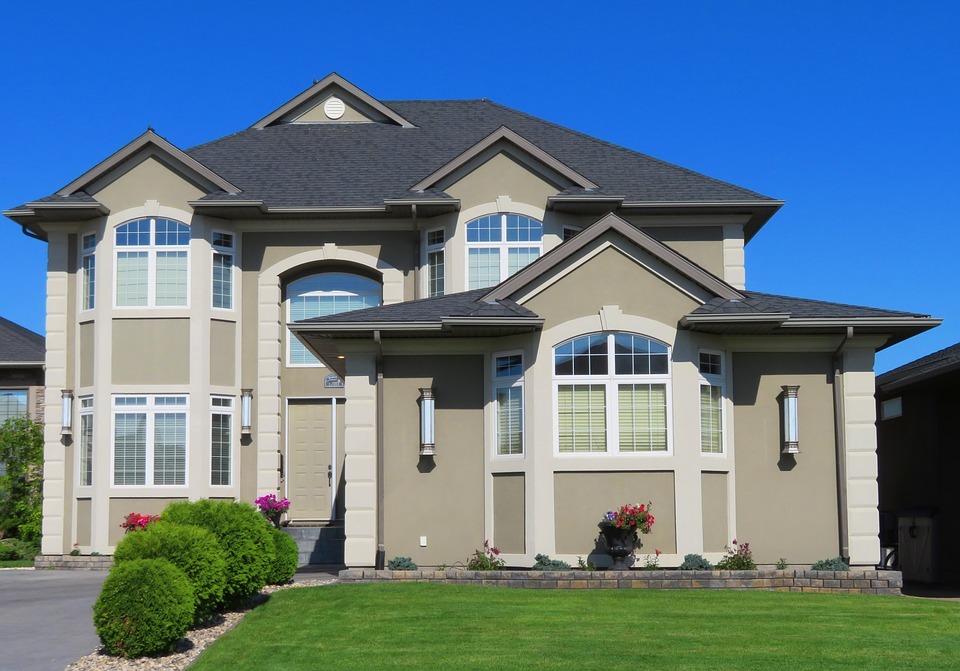Home insulation is on the rise. Insulation product suppliers across the United States, Insulation4US noted that home insulation has helped several homeowners by offering additional advantages such as cost-saving and energy-saving benefits.
There are several reasons why more homeowners are choosing to insulate their homes and below are some of the common reasons. And if you are planning to use spray foam insulation, contact this reputable Spray foam insulation contractor.
Facts About House Insulation
- Insulation is recyclable. Mineral wool and fiberglass insulation can be recycled. Most insulation is recyclable, but the challenge is finding recycling centers that accept insulation. Some types of insulation require professional removal or are more difficult to recycle. Further, natural fiber, denim, and mineral wool insulation are 100% recyclable. It is the easiest insulation to recycle. Also, cellulose insulation is one of the most environmentally friendly insulation materials. Cellulose contains chemicals and flame-retardant materials in combination with recycled paper. The substances in cellulose insulation cannot be removed, making recycling almost impossible.
- For attic concerns, old insulators can be retained. Just put new insulation on top of it. The only reason to remove old insulation is if it’s moldy, compacted, or water-stained. Be careful where the water comes from, remove the damaged insulation, and install new insulation. Remember that if your home was insulated before 1990, you might still have insulation containing asbestos. Leave it to the professionals. If the attic is used as a storage area, it may need more insulation. Even if you try to stuff the insulation between the attic floor and the room’s ceiling below, there needs to be more space for the insulation to do its job. Worse, when upgrading the insulation, you can only add it to your attic floor if you remove the plywood. Remove the items in the attic and lay the newly-purchased insulation on top of the old insulation.

- The R-value measures thermal insulation. It indicates the resistance of the insulation to heat. The minimum R-value for a home in a temperate climate is 30, 38 for warm weather, and 49 for cold weather. The higher the R-value, the less heat the house loses and the better the insulation. R values range from 1.5 to 7; the higher the number, the more effective the insulation board is at increasing thermal efficiency and insulating your home. R comes from the term thermal resistance. The R-value is not just for insulation. They apply to any two-dimensional barrier.
- Home insulators always work as soon as used. Whether it is fiberglass, wool, cellulose, or spray foam, insulation is an energy-efficient technology and does not require energy once manufactured to save energy. Instead of reducing energy usage like most energy-efficient products, it prevents you from wasting energy. Not only does it save energy, but it also extends the life of your building and never needs to be replaced if there is no damage. It’s efficient! Over the years, the loose insulation may experience some settling, and additional insulation may need to be added to fill the gaps. However, if the original insulation is still working, removing or replacing it is unnecessary.
1. Old Homes
Homes built before the 1980s came with a structure that did not totally consider energy use efficiency. Over the years, more home appliances have been launched with the aim to reduce energy usage and overall reduce the cost of energy bills. These homes sadly do a little to help in terms of energy-saving and this is why more homeowners are beginning to choose home insulation as a means to keep the indoor conditions safe from the outdoor space.
Research conducted by Boston University and the North American Insulation Manufacturers Association (NAIMA) revealed that no less than 90 percent of homes across the United States are under-insulated and this translates to higher energy bills.
With the problem of under-insulation, homeowners not only have to deal with high energy bills but also have to deal with the increased cost of repairs for their HVAC system working overtime to maintain the temperature within the home.
2. Improve Comfort
Under-insulated homes pose a problem to the comfort of the inhabitants of the home. In most cases, people who live in under-insulated homes have a problem with uneven ventilation and uneven spread of hot or cold air in their homes. With proper insulation in the home, the chances of heat exchange with the external environment are reduced and this also increases the comfort of inhabitants in the indoor space. You should not ignore the attic also and ensure attic cleaning from time to time.
3. Noise Reduction
Noise is one of the biggest distractions in the home and this can be remedied through the use of insulation materials. Most insulation materials are soundproof and help you to keep the sound of the external environment out while you also enjoy a better sound experience in the indoor space. With proper insulation installed in your home, you can also rest assured that loud music or others will have a limited effect on your neighbors.
4. High Energy Bills
Heating and air conditioning are important parts of the home as they keep the home cool on hot summer days and warm on cold winter nights. The effect and usefulness of the HVAC system cannot be overstated. However, in the absence of proper insulation, chances are high that homeowners may be losing the cool air to the external environment on summer days and warm air to the external environment in cool winter nights. Temperature exchange grossly reduces the efficiency of the HVAC system and in turn, causes homeowners to crank the system up, thus leading to higher energy bills.
5. Home Improvements
One of the best ways to improve a home and to ensure that it meets the modern demands in terms of energy efficiency is by installing insulation in the home. Looking to sell your old home, begin by installing the best insulation products from Insulation4US.
Choosing the Best Insulation
Having understood the benefits of insulation in the home, there is a need to know which of the available insulation products carried by Insulation4US best fits your needs. Below are some of the types of insulation to choose from.
Fiberglass Batts and Rolls
This is one of the most common types of insulation material in the market. Fiberglass batts and rolls are easy to transport and install. This insulation material is most suitable for ceilings, walls, and floors. The R-value allotted to fiberglass batts and rolls is between 3.0 and 4.0 per inch.
Consumers can also choose the foil-backed variant which is most appropriate for garage doors. Perhaps the greatest advantage of this insulation type is that it is easier to install for DIY enthusiasts.
Loose-Fill Cellulose
This is made from recycled paper products. The cellulose insulation has the major advantage of being environmentally friendly. The insulation material is blown into target areas using specialized materials. Installing this type of insulation material requires the expertise of a professional.
The loose-fill cellulose insulation is best adapted for cavities, hard to reach areas in the home and unfinished attic floors.
Rigid Boards
The Rigid board insulation panel can be applied to any and all areas of the home. This insulation material is more appropriate and suitable for attic and crawl spaces. One of the greatest advantages of this material is that it reduces heat conduction and also provides good thermal resistance to the structural elements in the home. Some of the common materials used in making this insulation type include polyisocyanurate, polystyrene, and polyurethane.
Spray foam
Spray foam is also known as Spray Polyurethane Foam (SPF) and is available in two variants; open-cell and closed-cell variants.
Both variants provide the best performance and have been designed to expand upon installation to fill air pockets and open spaces. The SPF requires the expertise of a professional for application and can be applied to areas like the roof, attic, basement, interior wall cavities, crawlspaces, and other areas.

